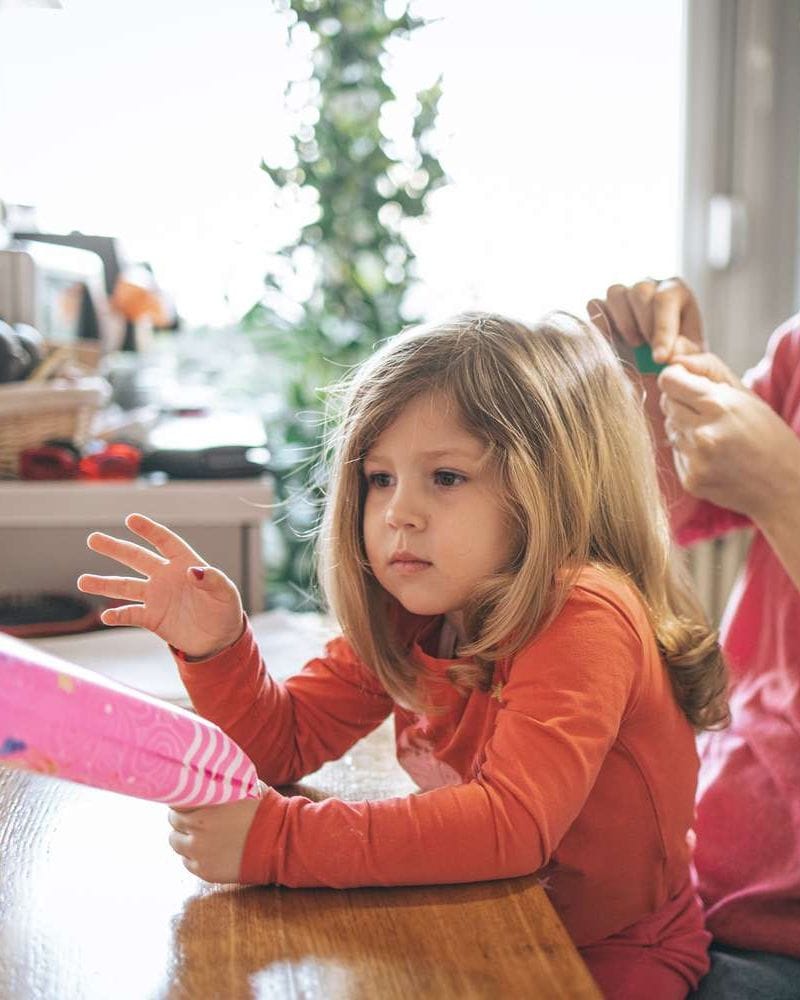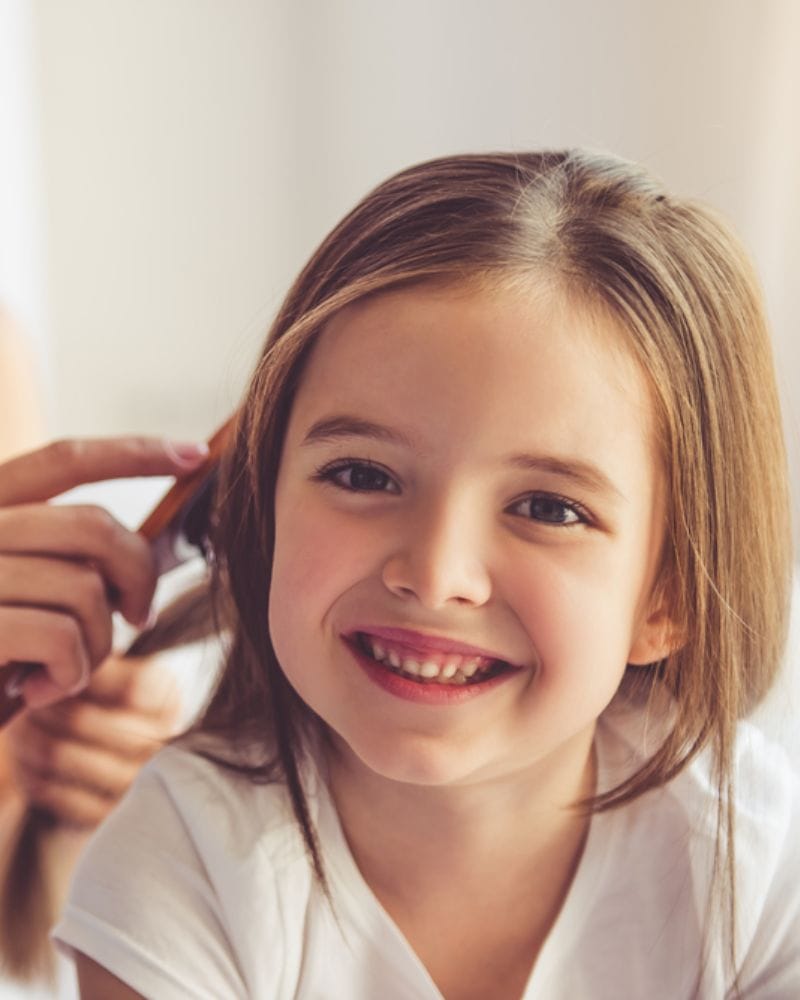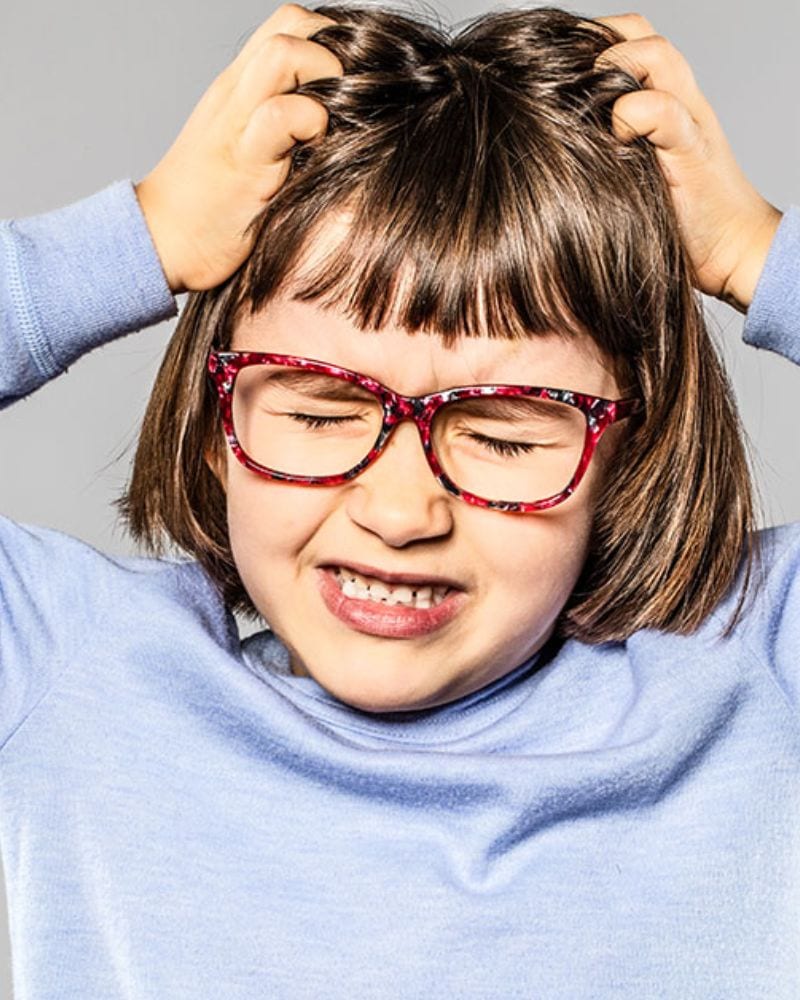
Discovering your child has a head lice infestation can be concerning, but it’s a common issue that many parents face. Here is everything you need to know about these little hair pests.
What Is Head Lice?

Head lice are tiny insects that live on the human scalp and feed on blood. They can’t fly or jump, but they crawl from head to head in close contact. Lice have a life cycle with three stages – eggs (nits), nymphs, and adult lice. Remember, lice don’t spread diseases, and anyone can get them, regardless of hygiene.
How Does Lice Spread?

Lice can’t fly or hop, so they mainly spread through direct head-to-head contact during play or sleepovers. Contrary to myths, they don’t spread through personal items like hats or brushes, nor do they attach to pets.
What Are the First Signs of Lice?

Itching is the most common sign of a lice infestation, caused by a reaction to lice saliva. Children might complain about itching behind the ears or neck. Other symptoms include a tickling sensation, irritability, difficulty sleeping due to itching, and scalp soreness from scratching.
How Can Parents Check for Lice?
Should your child complain of excessive itching, you can perform a lice check at home. Set up a well-lit environment or use a lamp. Section the hair into smaller portions. Utilize a fine-tooth comb (nit comb) to inspect the scalp, areas behind the ears, and the neck. Look out for nits adhered to hair strands or crawling lice near the scalp.
How Do You Get Rid of Lice?

If lice are found, take prompt action. Use over-the-counter treatments and follow the instructions given on the pack. Note that essential oils and other home remedies are not proven to work and can be dangerous.
Can You Prevent Lice?
Lice are common among children, teens, and adults. To prevent the spread of lice, wash clothes, hats, towels, and linen used before treatment. Vacuum carpets and furniture, bag items that can’t be washed for two weeks. Examine all individuals in close proximity for signs of lice. While lice infestations do not constitute a medical emergency, it’s worth considering medical assistance if your child is below two years old, if you are uncertain about treatment, if over-the-counter and home treatments prove ineffective, or if the scalp becomes infected due to scratching. Remember, lice are treatable, and seeking assistance is a proactive step toward resolving the issue.